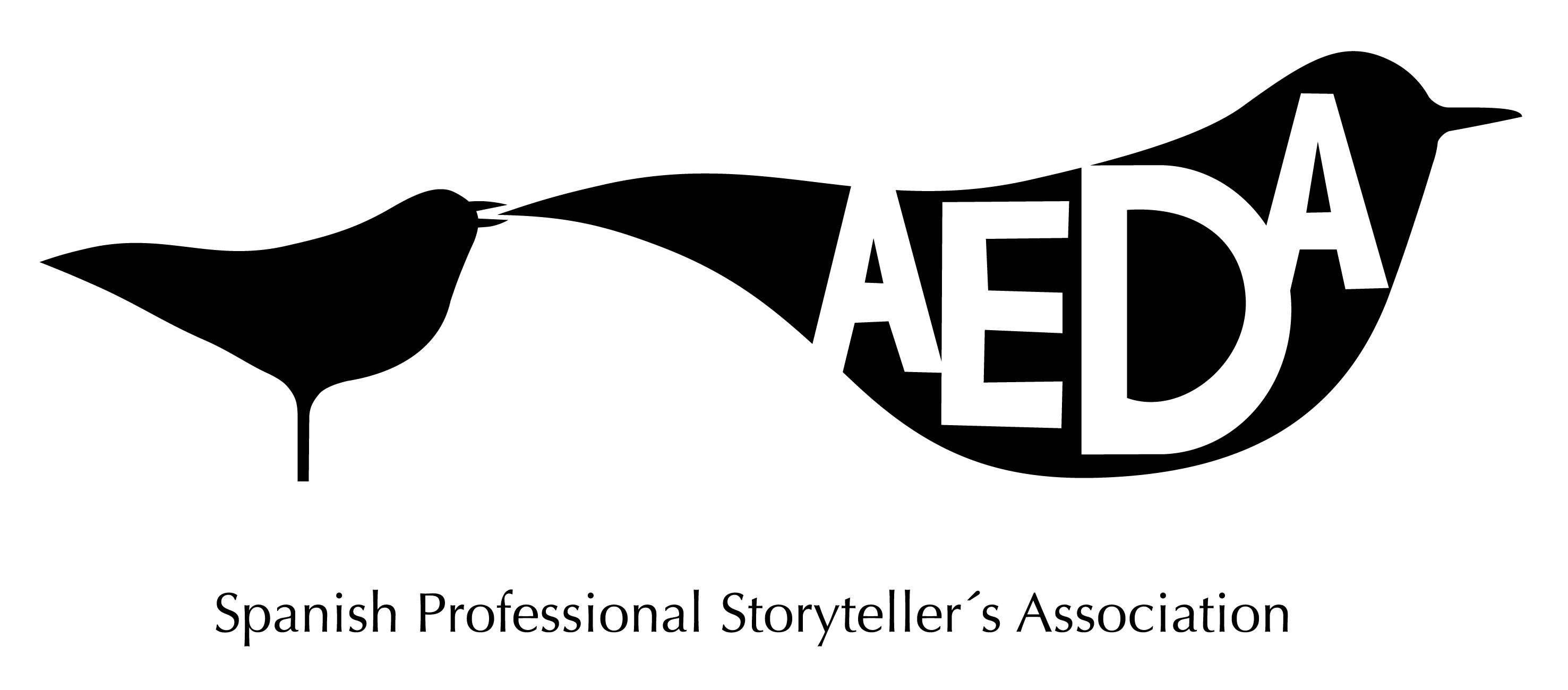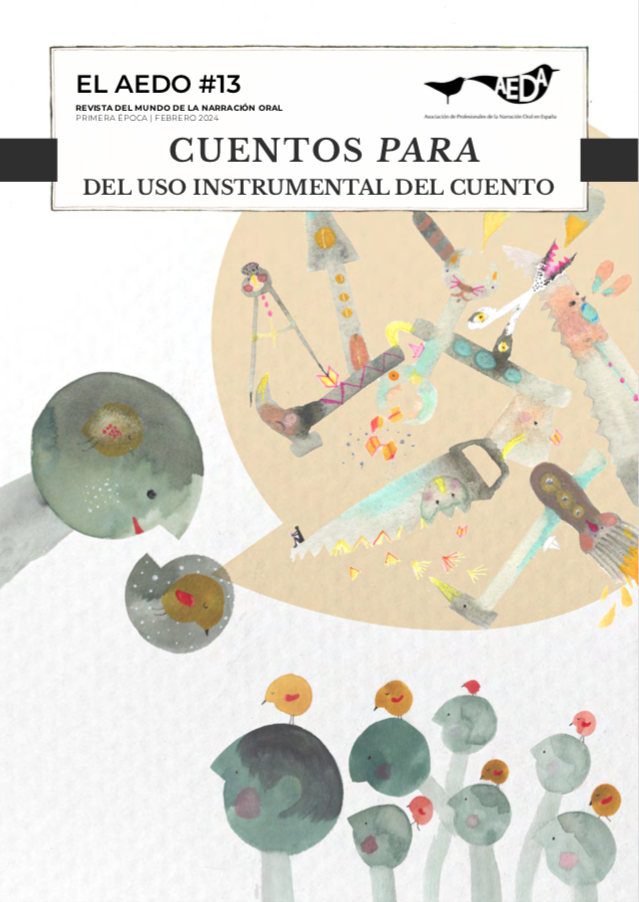Spanish / Catalan / Basque / Galician

Europa!
Where does Europe begin? Where does it end? Along what border, village, or mountain range...? Is it called Europa as in Sweden? Or is it Europe, as they say in England? Or again Evropa as in Serbo-Croatian? Is Europe a sign of separation, or rather a promise of overture? Is Europe defined by what makes us different or what makes us alike - through our desires and fears? And why, by the Gods, does Europe have the name of a Phoenician princess?
But whatever the answers might be that we continue to search for here, onething is sure - stories have always been able to travel far and wideacross Europe, needing neither passport nor visa, bringing along whatneeds to be said, and sharing generously with all who would like to listen.Stories have been presented here as ‘borderless’ and this is indeed the case. But at the same time they have roots, powerful roots, and roots can be of two natures: they can dig down deep into the earth, or run along just under the surface. The roots of storytelling share these two characteristics. They plunge profoundly into the culture or cultures of the country where they were born, but also spread out from the homeland and may grow in other lands, adapting to the local language and culture.
And if the imagery here has to do with the ground, the earth, it could be extended to the other traditional elements as well: stories have travelled over the seas with sailors and adventurers – so they can flow like water; they can be ‘airy ’ and ‘breathy ’ and be sung from one place to another; and they can even inflame you, as the tongues of fire in the biblical reference or in the image of the carnival fire eaters, and even in the Mayan as well as Chinese ideo-gramatical writing systems in which to speak is represented as fire spit from the mouth!












